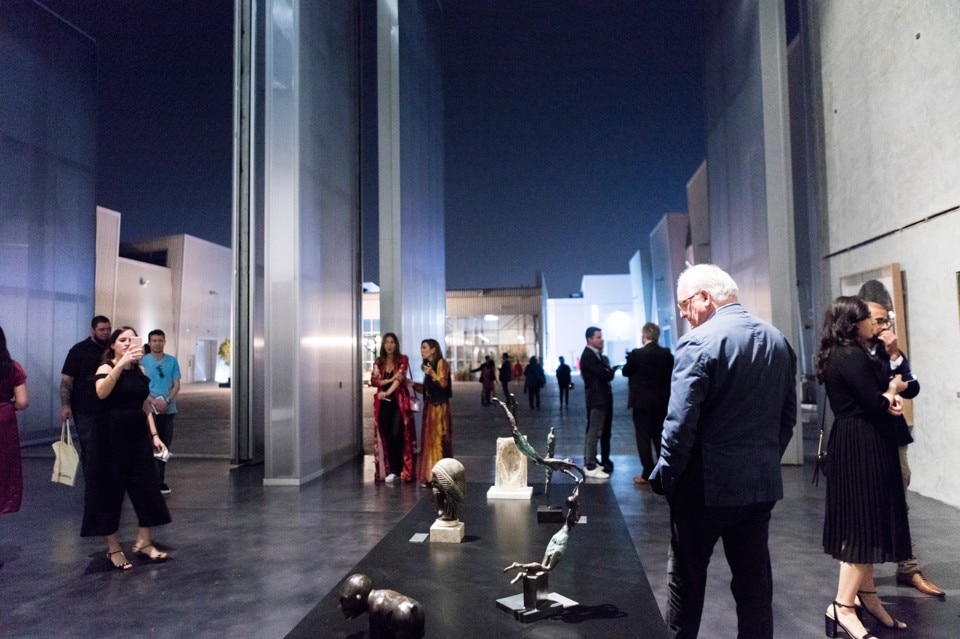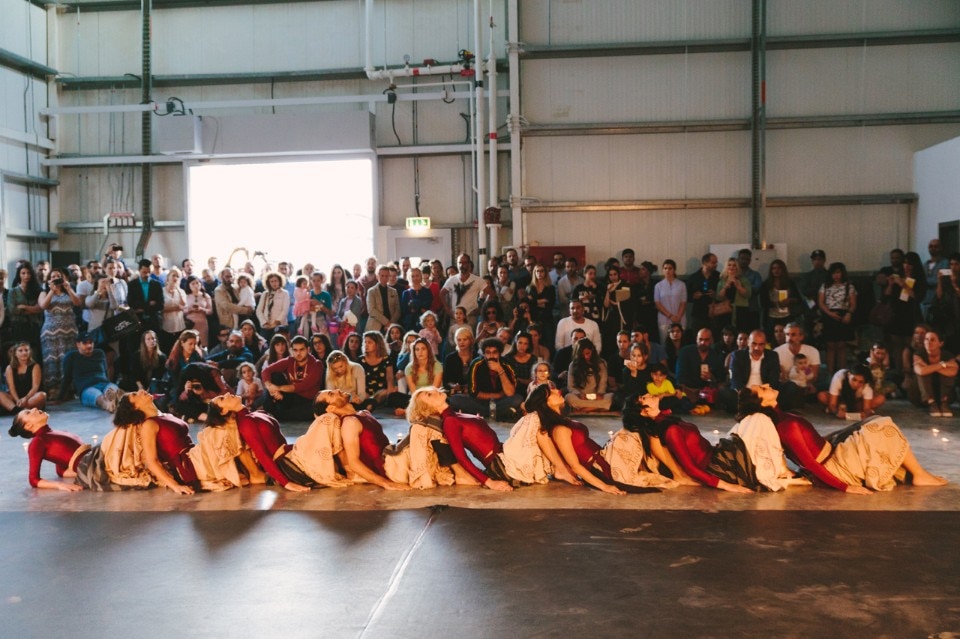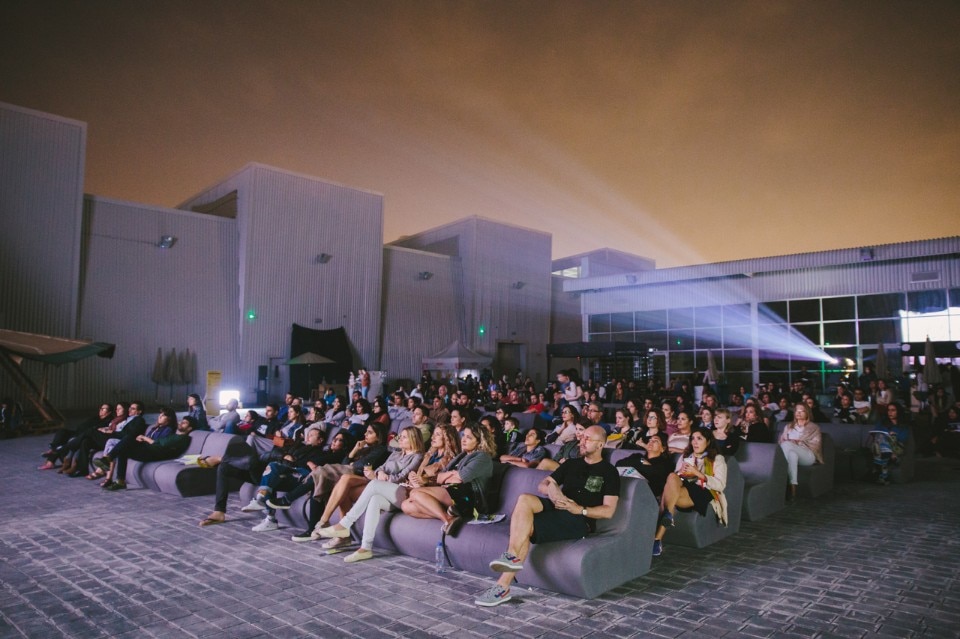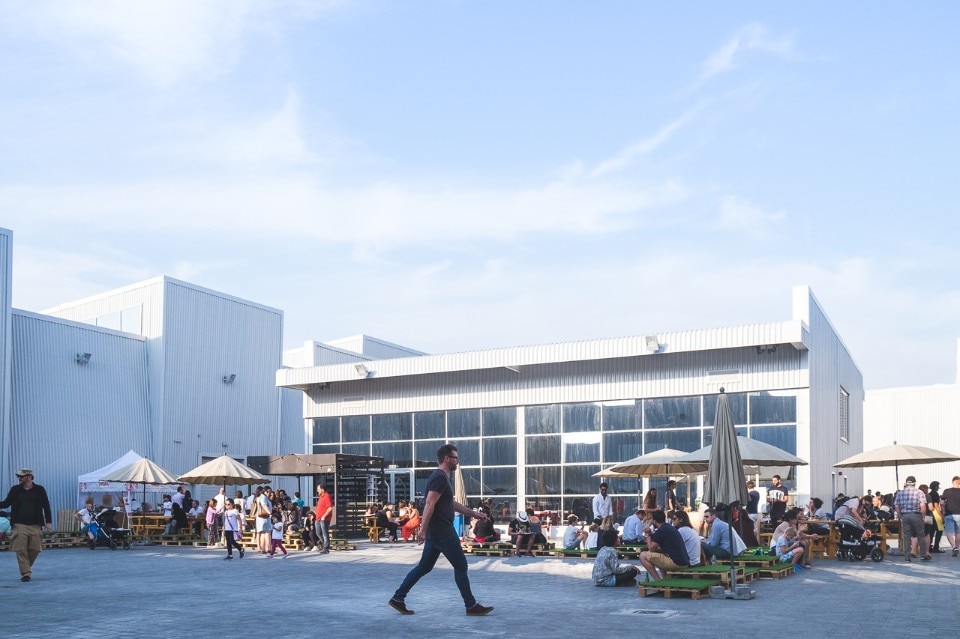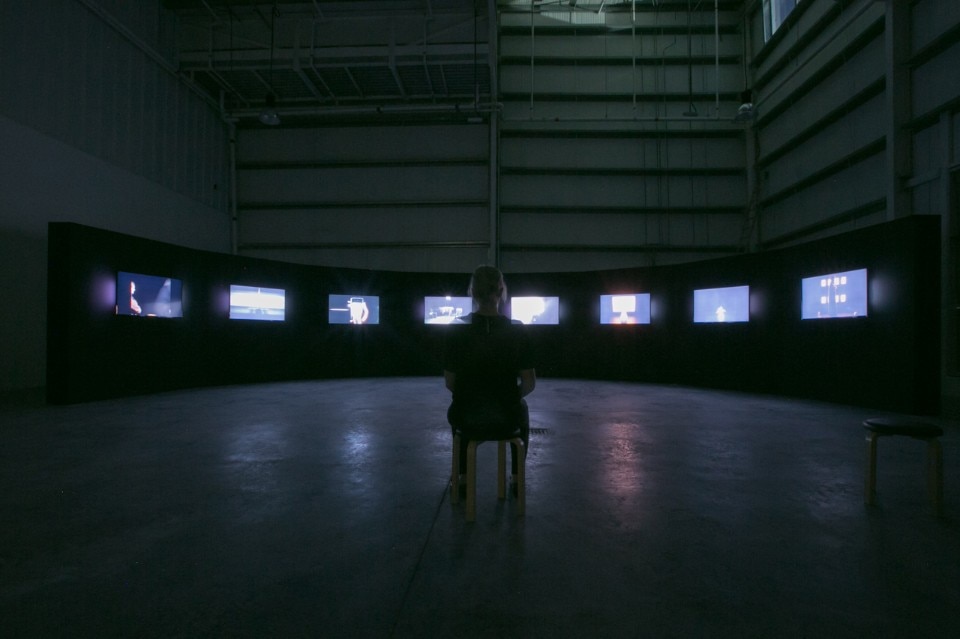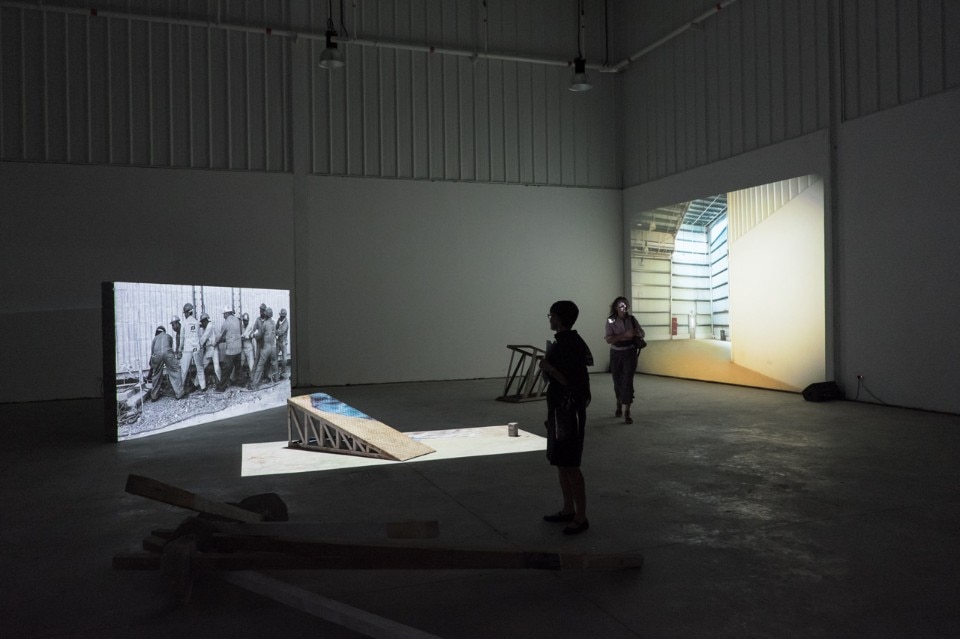
Despite the fact that during its first events, Art Dubai had difficulty finding an identity of its own, and the modern and contemporary artwork presented at the stands was without precise curatorial guidelines, its favour with Middle Eastern collectors increased yearly. After a short while, a group of local collectors and aficionados became so involved as to give shape to an initial art system. At that point, there was an evident need for galleries with suitable spaces. The time was ripe for a change.
In 2011, the Iranian collector Ramin Salsali chose Alserkal Avenue for the location of the Salsali Private Museum. Besides his own collection, over the years he has presented the work of Hazem Harb, Reza Derakshani from Teheran, one of the best abstract artists in the Middle East, the Pakistani artist Imran Qureshi, and Nazgol Ansarinia.
In time, the change of destination from warehouses to art galleries became a given, and the restyling of the spaces altered the face of the street, which became Dubai’s art hub.
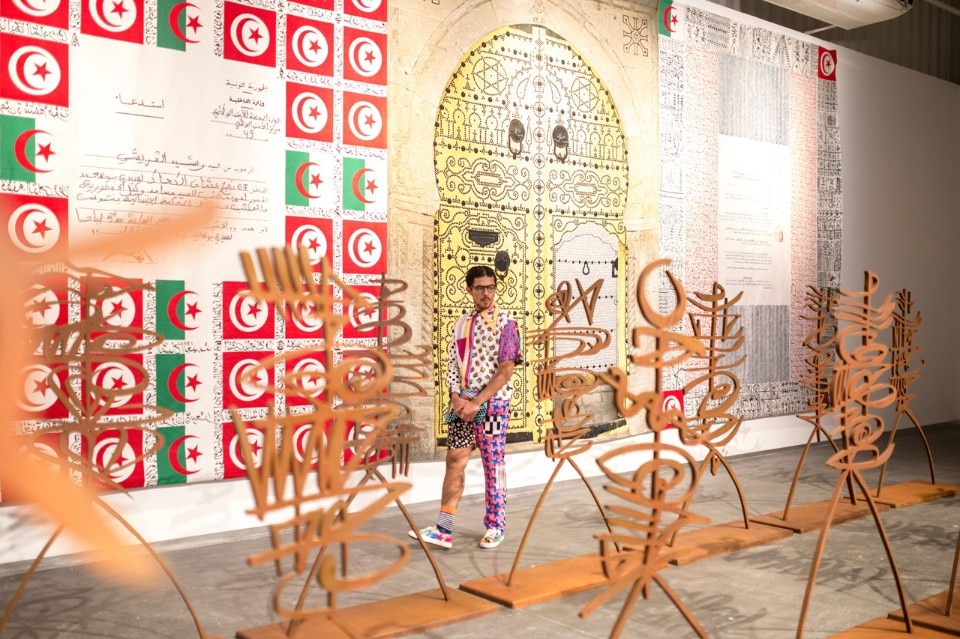
Its echo resonated far away. Leila Heller from New York chose the location for her gallery’s second branch, the largest gallery in the UAE. From the start, her idea was to work along the lines of a twofold exhibition formula aimed at the encounter between extra-occidental and occidental visual art. Shows have included Bill Viola and Rashid Rana; Michelangelo Pistoletto & Y. Z. Kami; the Egyptian-born American artist Ghada Amer and the British sculptor Toni Cragg.
